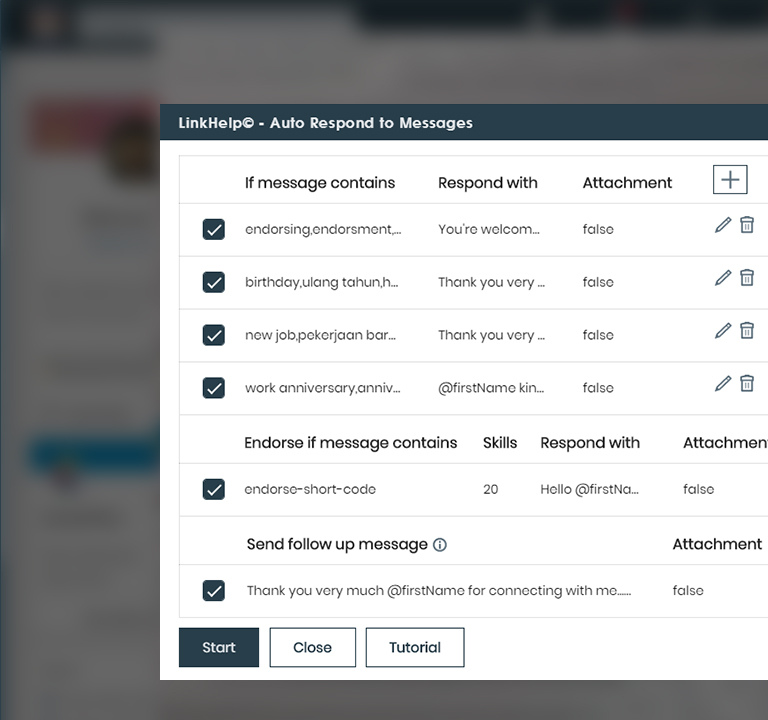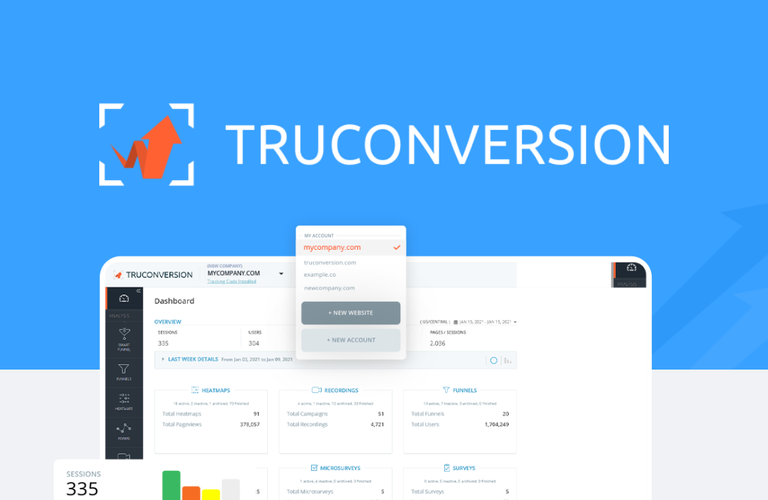
Introduction: AI Tools for Small Business
Artificial Intelligence (AI) is no longer a futuristic concept confined to tech giants and research labs. It’s here, and it’s transforming how businesses operate, regardless of their size. For small businesses, AI tools offer a golden opportunity to streamline operations, enhance customer experiences, and drive growth. However, getting started with AI can seem daunting. This guide aims to simplify the process, showing you how to implement AI tools in your small business effectively. Let’s embark on this journey together and explore the world of AI.
1. Understanding AI and Its Benefits
Definition of AI
At its core, AI refers to the ability of machines to mimic human intelligence. This includes learning from data (machine learning), understanding natural language, recognizing patterns, and making decisions. AI is the technology behind smart assistants like Siri and Alexa, recommendation systems like those used by Netflix and Amazon, and even autonomous vehicles.
Benefits of AI for Small Businesses
So, why should small businesses care about AI? Here are some key benefits:
- Enhanced Decision-Making: AI tools analyze vast amounts of data to provide actionable insights, helping you make informed decisions.
- Improved Efficiency: Automation of repetitive tasks saves time and reduces errors.
- Personalized Customer Experience: AI can tailor interactions based on customer behavior and preferences.
- Cost Savings: Better resource management and reduced operational costs.
- Scalability: AI tools grow with your business, adapting to increased data and complexity.
Real-Life Examples
Consider a local bakery that uses AI to predict which pastries will be popular on different days, reducing waste and increasing sales. Or a small online boutique that leverages AI for personalized product recommendations, boosting customer satisfaction and loyalty.
2. Identifying Your Business Needs
Assessing Current Challenges
Before diving into AI, it’s crucial to understand where your business could benefit most. Common challenges that AI can address include:
- Marketing: Targeting the right audience and optimizing campaigns.
- SEO: Boost your SEO strategy with AI tools to optimize keywords, analyze competitors, and improve site performance.
- Sales: Managing leads and customer relationships.
- Customer Service: Providing timely and efficient support.
- Operations: Streamlining inventory and supply chain management.
Take a step back and identify pain points in your operations. Are you spending too much time on administrative tasks? Do you struggle with inventory management? Knowing your challenges will help you choose the right AI tools.
Setting Clear Objectives
Once you’ve identified your pain points, set clear, measurable objectives. What do you hope to achieve with AI? Some examples include:
- Increase Sales by 20%: Through targeted marketing and personalized recommendations.
- Improve Customer Satisfaction: By reducing response times with AI chatbots.
- Reduce Operational Costs: By automating inventory management.
Having specific goals will guide your AI implementation and help measure success.
3. Researching AI Tools
Types of AI Tools
There are various AI tools available, each designed to address specific business needs. Here are some common types:
- Chatbots and Virtual Assistants: Automate customer support and engage with customers 24/7.
- Analytics Tools: Analyze data to provide insights and forecasts.
- Marketing Automation: Optimize and personalize marketing campaigns.
- Sales Tools: Manage leads and customer relationships.
- Operations Tools: Streamline inventory and supply chain management.
Popular AI Tools for Small Businesses
Here are some user-friendly AI tools that small businesses can benefit from:
- Google Analytics: Provides insights into website traffic and user behavior.
- HubSpot: Offers marketing automation, sales CRM, and customer service tools.
- Zoho CRM: Manages customer relationships and automates sales processes.
- Chatbot.com: Allows you to create chatbots for customer support.
- Hootsuite: Automates social media management and scheduling.
Each of these tools offers unique features that can help you achieve your business goals.
Reading Reviews and Testimonials
Before committing to an AI tool, read reviews and testimonials from other small business owners. Websites like G2, Capterra, and Trustpilot provide user feedback on various software tools. This can give you insights into the tool’s effectiveness, ease of use, and customer support.
4. Implementing AI Tools
Starting Small
It’s tempting to dive headfirst into AI, but starting small is often the best approach. Choose one or two areas where AI can have the most immediate impact and implement tools there first. This allows you to test the waters and make adjustments as needed.
For example, you might start with a chatbot to handle customer inquiries or an analytics tool to track marketing performance. Once you’re comfortable and see the benefits, you can expand AI implementation to other areas.
Integration with Existing Systems
One crucial aspect of implementing AI tools is ensuring they integrate smoothly with your existing systems. Whether it’s your CRM, inventory management, or email marketing platform, compatibility is key. Most AI tools offer integration options, but it’s essential to check this before making a decision.
For example, if you’re using a tool like Zoho CRM, ensure that any new AI tools can sync with it seamlessly to avoid data silos and ensure smooth operations.
Training Your Team
Introducing AI tools means there will be a learning curve for your team. It’s important to provide adequate training to ensure they can use the tools effectively. Many AI vendors offer training resources, including tutorials, webinars, and customer support.
Encourage your team to engage with these resources and provide ongoing support as they get accustomed to the new tools. This will help in maximizing the benefits and ensuring a smooth transition.
5. Measuring Success
Setting KPIs
To measure the success of your AI implementation, establish key performance indicators (KPIs) that align with your business goals. KPIs will help you track progress and determine whether the AI tools are delivering the expected benefits. Examples of KPIs include:
- Increased Sales: Track revenue growth and conversion rates.
- Customer Satisfaction: Monitor customer feedback and response times.
- Operational Efficiency: Measure time saved on automated tasks and reduction in errors.
Regularly review these KPIs to assess the impact of AI on your business.
Continuous Monitoring and Improvement
AI implementation is not a set-it-and-forget-it process. Continuously monitor the performance of your AI tools and make adjustments as needed. Use the insights gained to refine your strategies and improve outcomes.
For example, if an AI-powered marketing tool shows that certain campaigns are underperforming, use this data to tweak your approach and optimize results. Regularly updating and fine-tuning your AI tools ensures they remain effective and aligned with your business goals.
6. Overcoming Common Challenges
Cost Concerns
A common misconception is that AI is prohibitively expensive. While some AI tools can be costly, many are affordable or even free, especially those designed for small businesses. Tools like Google Analytics and Hootsuite offer free versions with robust features.
Additionally, the long-term cost savings from increased efficiency and reduced operational expenses can outweigh the initial investment. Consider the return on investment (ROI) when evaluating the cost of AI tools.
Technical Issues
Implementing AI tools can come with technical challenges, such as integration difficulties or data migration issues. To overcome these, consider working with IT consultants or leveraging vendor support services. Many AI providers offer technical assistance to help you navigate these challenges.
Employee Resistance
Change can be met with resistance, especially if employees fear that AI will replace their jobs. Address these concerns by highlighting the benefits of AI, such as reducing mundane tasks and allowing them to focus on more strategic activities. Provide training and involve employees in the implementation process to increase buy-in.
Conclusion
Getting started with AI tools for your small business doesn’t have to be overwhelming. By understanding the benefits, identifying your business needs, researching the right tools, and implementing them thoughtfully, you can unlock significant value. Remember to set clear objectives, measure success, and continuously refine your approach.
AI has the potential to transform small businesses by enhancing decision-making, improving efficiency, and driving growth. Embrace the opportunities AI offers and start your journey today.






